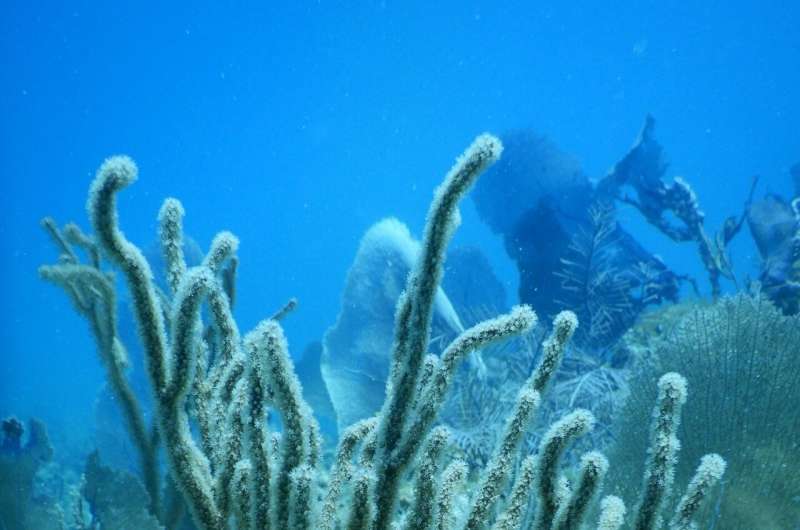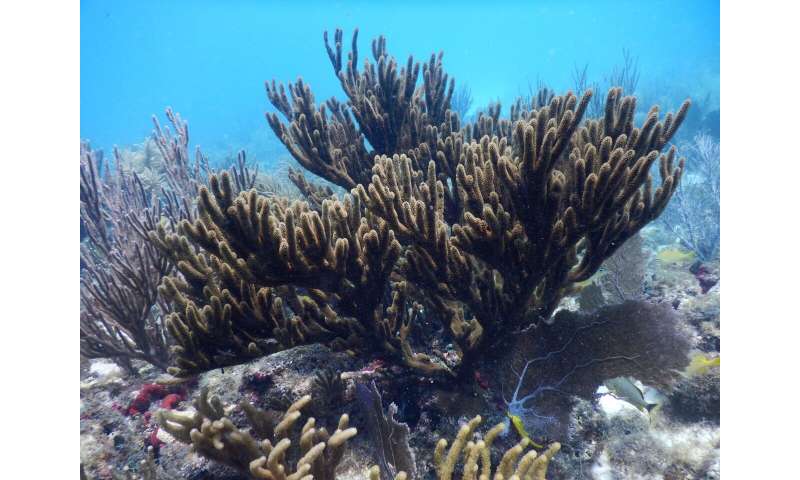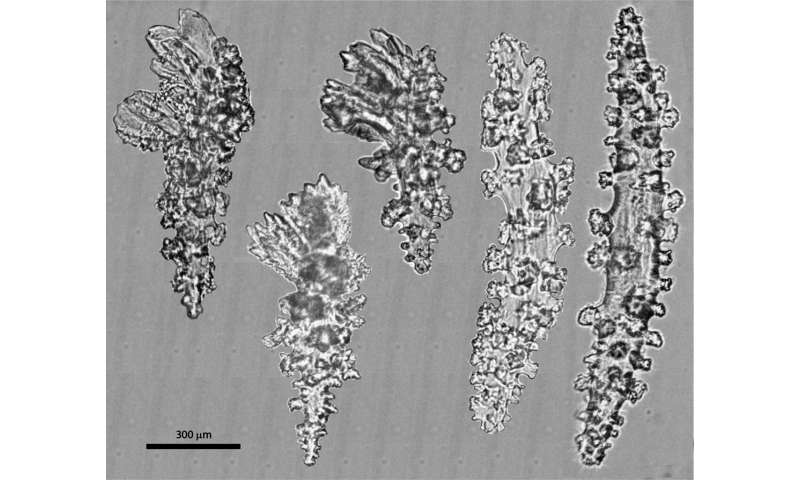RIP
Iran's first president Abolhassan Banisadr dies: state media
Issued on: 09/10/2021 -

The Islamic Republic of Iran's first president Abolhassan Banisadr,
pictured here in 1981, has died in Paris
Dominique FAGET AFP/File
Tehran (AFP)
Iran's first president after the 1979 Islamic revolution, Abolhassan Banisadr, died in a Paris hospital on Saturday aged 88, the official news agency IRNA said.
"After a long illness, Abolhassan Banisadr died on Saturday at the (Pitie-)Salpetriere hospital" in southeast Paris, IRNA reported, citing a source close to the former president.
Banisadr was elected president in January 1980 hot on the heels of the previous year's Islamic revolution.
But he was dismissed by the Iranian parliament in 1981 after he opposed late supreme leader Ayatollah Ruhollah Khomeini. Since then, he had been living in exile in France.
Born on March 22, 1933 in a village near Hamadan in western Iran, Banisadr was a supporter of liberal Islam.
A practising Muslim, he was an activist from the age of 17 in the ranks of the National Front of Iran, the movement of nationalist leader Mohammad Mossadegh.
After studying theology, economics and sociology, Banisadr became a leading opponent of the Shah's regime.
Wanted by the police, he was force to leave Iran in 1963 and settled in Paris. In 1970, he advocated the union of the Iranian opposition around Khomeini, who was exiled in Iraq.
In October 1978, Khomeini went to France, and Banisadr became one of his close friends and advisers.
On February 1, 1979, Banisadr was on the plane that brought Khomeini back to Iran.
He served as Iran's minister of economics and foreign affairs.
The man at times referred to as "Khomeini's spiritual son" was elected president of the Islamic Republic of Iran on January 26, 1980.
From the start of his mandate, Banisadr faced immense difficulties: the US hostage affair, the Iran-Iraq war, an economic crisis and, above all, the opposition of fundamentalist clerics.
As Iran's armed forces commander from February 1980 to June 1981, he reorganised the country's military and spent much of his time on the front lines of the war with Iraq.
But the proponent of an "Islamic third way" that respected democratic rule, he faced intense pressure from hardliners.
After over a year of disputes with some senior members of the Shiite clergy, the democratisation process came to a halt.
On June 21, 1981, Banisadr was dismissed by parliament for "political incompetence" with Khomeini's approval.
Banisadr then left Iran on July 29, 1981 hidden on board a military aircraft hijacked by one of his supporters. As soon as he arrived in France, he requested and obtained political asylum.
In August 1981, he founded the National Council of Resistance of Iran (NCRI) with another exiled leader, Massoud Rajavi, leader of the People's Mujahedin, who had escaped on the hijacked plane, but he left the organisation less than three years later.
He had been living in Versailles since May 1984.
Banisadr: Iran's post-revolution president who fled to exile
Issued on: 09/10/2021

Former president of Iran Abolhassan Banisadr, pictured in August 1981 -- the month after he fled into exile -- in Auvers-sur-Oise, on the outskirts of the French capital Paris -
AFP/File
Paris (AFP)
Abolhassan Banisadr was Iran's first president following the 1979 Islamic Revolution but fell out with its leader Ayatollah Ruhollah Khomeini during a turbulent year or so in power and became a dissident in France.
A student activist and imprisoned under the shah, Banisadr was a Paris-based dissident as he continued his studies, before a tumultuous second exit from Iran saw him return to exile after his impeachment by the Islamic republic whose rulers he vehemently criticised.
Born on March 22, 1933 into a clerical family, he was from his teenage years a supporter of prime minister Mohammad Mossadegh, who worked to end foreign interference and nationalise the oil industry, but was ousted in a Western-backed coup.
Banisadr became a staunch opponent of the shah, the country's new ruler, and in 1963 fled Iran and settled in Paris, becoming part of Khomeini's inner circle when the ayatollah moved to France.
He was on board the plane that brought Khomeini back to Iran on February 1, 1979 after the shah had fled.
Banisadr won a landslide victory in the January 1980 elections, to become the first president in the country's history, enjoying popular support and crucially that of Khomeini who as supreme leader was the final arbiter in all decision-making.
- At odds with hardliners -
An intellectual and not a cleric, Banisadr was seen as a relative moderate among Iran's first post-revolution leaders. But circumstances rapidly spun out of his control.
The seizure of the US embassy in Tehran by students in November 1979 sparked a 444-day hostage crisis, a rupture of relations with the United States and a growing radicalisation of the regime that sat uncomfortably with Banisadr's milder inclinations.
With his relations with Khomeini deteriorating, he found his political standing undermined by the approval by parliament in August 1980 of the popular hardliner Mohammad Ali Rajai as prime minister.
Rajai, who unlike Banisadr came from a humble background, was a populist and also one of the political heroes of the controversial 2005-2013 president Mahmoud Ahmadinejad.
Meanwhile, the outbreak of war with Iraq in September 1980 plunged Banisadr, much more comfortable giving speeches mixing an idiosyncratic combination of philosophy, religion and socialism, into the role of commander-in-chief to which he was singularly ill-suited.
Already at odds with hardliners and failing to convince with his often long-winded speeches, a series of setbacks on the battlefield put him under further pressure, with his critics accusing him of mismanaging the war.
In June 1981, Khomeini dismissed Banisadr as commander in chief of the armed forces and parliament and then moved to impeach him.
Rajai was victorious in the ensuing presidential elections but was killed less than a month into his term in a bomb attack.
Risking arrest, Banisadr fled Iran for the second time in his life, alongside the leader of the People's Mujahideen (MEK) Massoud Rajavi whose organisation had backed the ousting of the shah but was now blamed for the string of attacks rocking Tehran.
They were secretly flown out of Iran on a plane piloted by Colonel Behzad Moezzi, a former elite officer in the shah's air force. Moezzi himself also remained in France, dying on January 11, 2021.
- 'October surprise' -
In France, Banisadr was granted political asylum and provided with police protection.
Living quietly outside Paris, he allied himself with the MEK and his daughter Firouzeh married Massoud Rajavi.
However they divorced and Banisadr himself fell out with the MEK becoming a more independent critic of the regime.
Still preoccupied with the US embassy hostage crisis, he argued in favour of the so-called "October surprise" conspiracy theory that claimed secret talks had ensured that the release of the staff had been deliberately stalled until after Ronald Reagan took office in exchange for arms.
When the authorities ruthlessly cracked down on 2009 protests against Ahmadinejad's contested re-election victory, Banisadr claimed that the regime had ordered electoral fraud and was on the brink of collapse.
"The regime is edging closer to the abyss and is holding on to power solely by means of violence and terror," he said.
© 2021 AFP













 P
P




